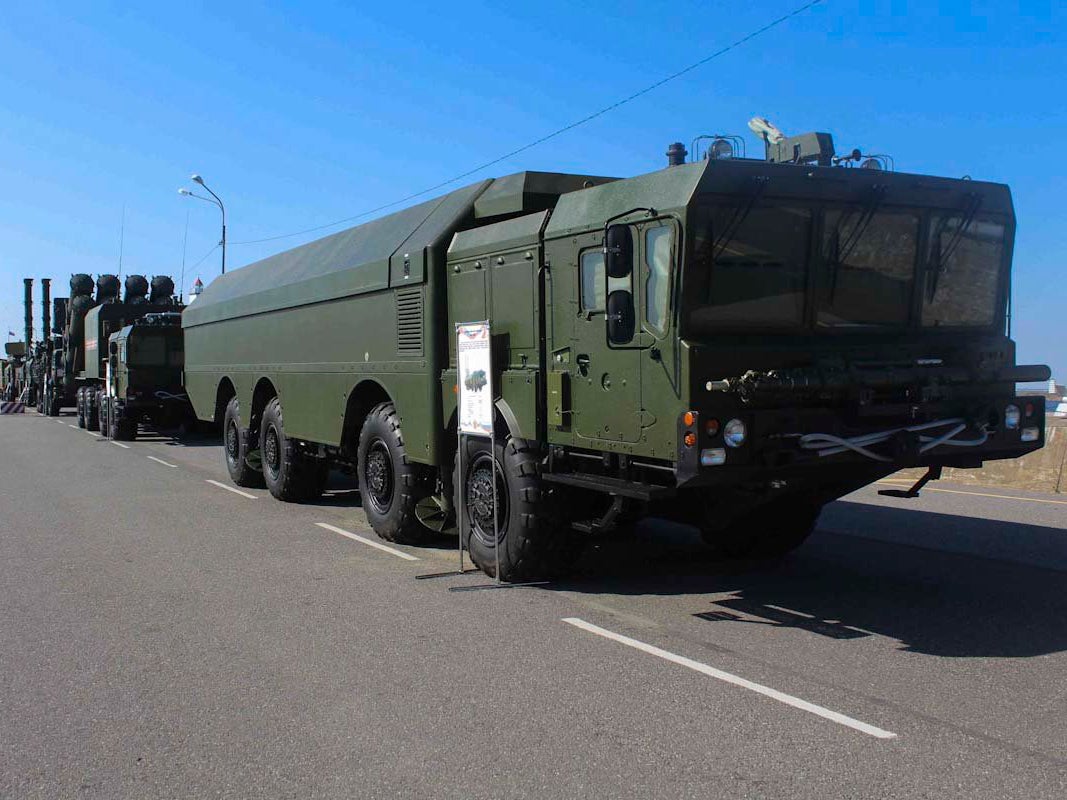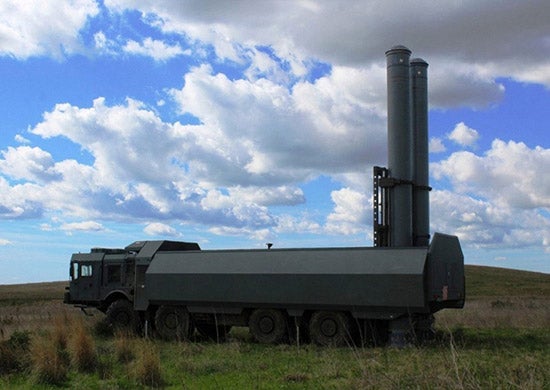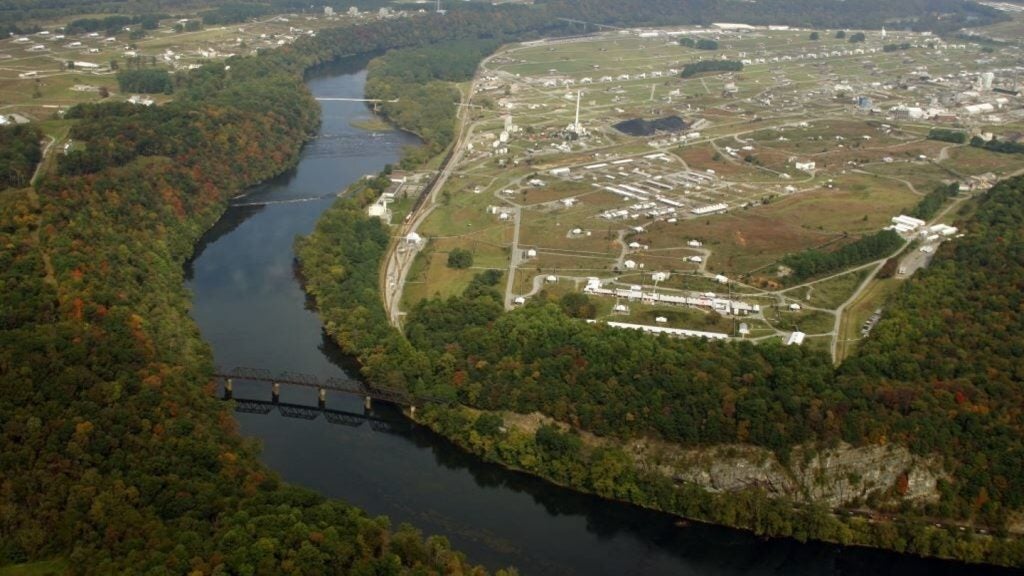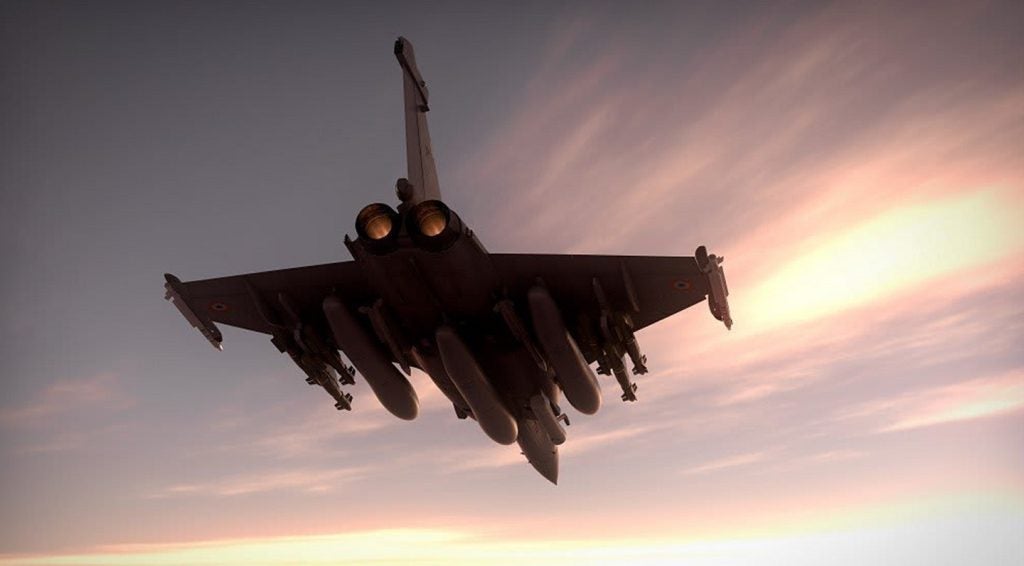
With a coastline of 37,653km, Russia has never been able to adequately police or control its maritime borders. The collapse of the Soviet Union meant that Russia lost much of its navy, as well as access to ports that could be used year-round. Nonetheless, Moscow sought to maintain its naval ambitions, investing in the Admiral Kutznetsov aircraft carrier as well as modernising its fleet to carry 3M-54 series Kalibr cruise missiles.
To compensate for any shortfall in its naval capabilities, Russia has modernised and developed its coastal defence missile systems.
Russia’s primary coastal defence missiles
The K-300P Bastion-P (SSC-5 “Stooge”) and the 3K60 Bal (SSC-6 “Sennight”) are the primary coastal defence missile systems used by the Russian naval forces. They are designed to provide stand-off precision strike capabilities against surface vessels and raise the potential costs of a naval power attempting to get within striking range of Russian territory. They replaced Soviet era systems such as the 4K511 Rubezh (SSC-3 “Styx”, not to be confused with the Rubezh ICBM) and P-35B Redut (SSC-1 “Sepal”) anti-ship missiles with ranges between 80km and 270 km.
Whilst primarily involved in engaging naval targets, the Bastion-P has also been used to engage land targets in Syria.
Bastion-P is designed to fire the P-800 Oniks anti-ship cruise missile, which has a range of 300km and is powered by a solid propellant with a ramjet. It reaches a top speed of 750m/s and descends to an altitude of 10-15m in its terminal phase to avoid detection. Guidance is provided by an active radar and infrared imaging seeker. The seeker is reportedly capable of selecting a target, even from a group of vessels and against jamming.
How well do you really know your competitors?
Access the most comprehensive Company Profiles on the market, powered by GlobalData. Save hours of research. Gain competitive edge.

Thank you!
Your download email will arrive shortly
Not ready to buy yet? Download a free sample
We are confident about the unique quality of our Company Profiles. However, we want you to make the most beneficial decision for your business, so we offer a free sample that you can download by submitting the below form
By GlobalDataIt carries a 200kg or 250kg warhead depending on mission and can be launched from a mobile launcher (Bastion-P) or a stationary launcher (Bastion-S). Each mobile launcher carries two Oniks missiles that are launched from a vertical position.
“Bastion-P is designed to fire the P-800 Oniks anti-ship cruise missile, which has a range of 300km and is powered by a solid propellant with a ramjet.”
The 3K60 Bal is another mobile system, designed to fire the 3M-24 anti-ship cruise missile, a Soviet-era design. It is a subsonic cruise missile powered by a turbofan with a cruise speed of 27 m/s and a range of 120km. It is armed with a 145kg semi-armour piercing warhead and can cruise at a height of 10-15m, dropping to 1.5m for its terminal phase.
A later version of the missile had its range extended to 260km and guidance is provided via a satellite datalink with active radar for the seeker in the terminal phase. Eight missiles are carried by a 3K60 launch vehicle; there are two launch vehicles in a battery and two batteries in a coastal defence unit. They are often accompanied by a battery or more of K-300Ps, which consists of two launch vehicles, with four launch vehicles in a battalion.

Challenges for defending vessels
The two missiles have very different speeds and flight profiles: Whilst supersonic flight represents challenges in its speed, the missiles also tend to fly higher than subsonic alternatives, especially if fired at longer ranges.
This increased altitude can provide ships with greater detection time and improve their detection range – which can be as much as 50 nautical miles (nm), according to Dr Sidharth Kaushal, sea power research fellow at RUSI. A missile at a sea-skimming altitude, like the 3M-24’s 10m for instance, may only be detected at a range of 20nm. Detection at this range would give a ship around two minute’s warning for a subsonic missile.
“Together, the 3K60 Bal and K-300P Bastion-P present several challenges to defending vessels.”
Together, the 3K60 Bal and K-300P Bastion-P present several challenges to defending vessels: As the speeds of the missiles differ, a ship must be able to prioritise its engagement of incoming missiles – some that may be supersonic – and possibly reserve capacity to engage a large quantity of subsonic missiles. The dual-mode seeker of the P-800 Oniks missile also raises challenges for soft-kill solutions, Dr Kaushal wrote in February.
Targeting is provided by a mix of land, air and sea assets; however, it is unclear how capable Russian forces are in coordinating data gathered by these dispersed systems.
Ground-based target detection can be provided by the organic targeting systems assigned to the missile batteries; additional over-the-horizon (OTH) detection can be provided by the Monolit-BR coastal defence radar. Each Monolit-BR complex consists of two radar vehicles that can conduct passive and active target tracking. It is reported to be capable of receiving OTH data from other assets such as the Mineral-ME radar fitted to Russia’s Sovremenny-class destroyers. Additional cues can be received from the Ka-31 helicopter or long-range big wing assets such as the Il-38N.
Engagements beyond Russia’s coast
Michael Kofman, research program director in the Russia Studies Program at think thank CNA, wrote in January 2020 that coastal defence missiles were “somewhere between plan C or plan D in order of echelonment for dealing with a blue water navy.” He adds that most of the counter to this kind of threat is provided by forward deployed ships, land-based aircraft with anti-ship missiles and then mining before coastal defence systems come into play.
Nevertheless, these systems are emblematic of Russia’s drive to modernise the ability of its forces to conduct long-range, stand-off engagements. It has demonstrated its willingness to conduct missile strikes in Ukraine and engaged stationary critical infrastructure with hundreds of land and maritime cruise missiles.
It follows that the coastal defence systems would play a role in engaging an opponent’s shipping and its naval vessels if they can be brought within reach. Russia’s tendency to deploy its coastal defence systems to islands such as disputed elements of the Kuril Island chain or onto ice flows in the Arctic also suggest that the systems may be found further beyond Russia’s coast, extending their engagement ranges into unexpected areas.
If nothing else, finding and engaging these assets will add to the targeting burden of any force involved in a conflict with Russia.






